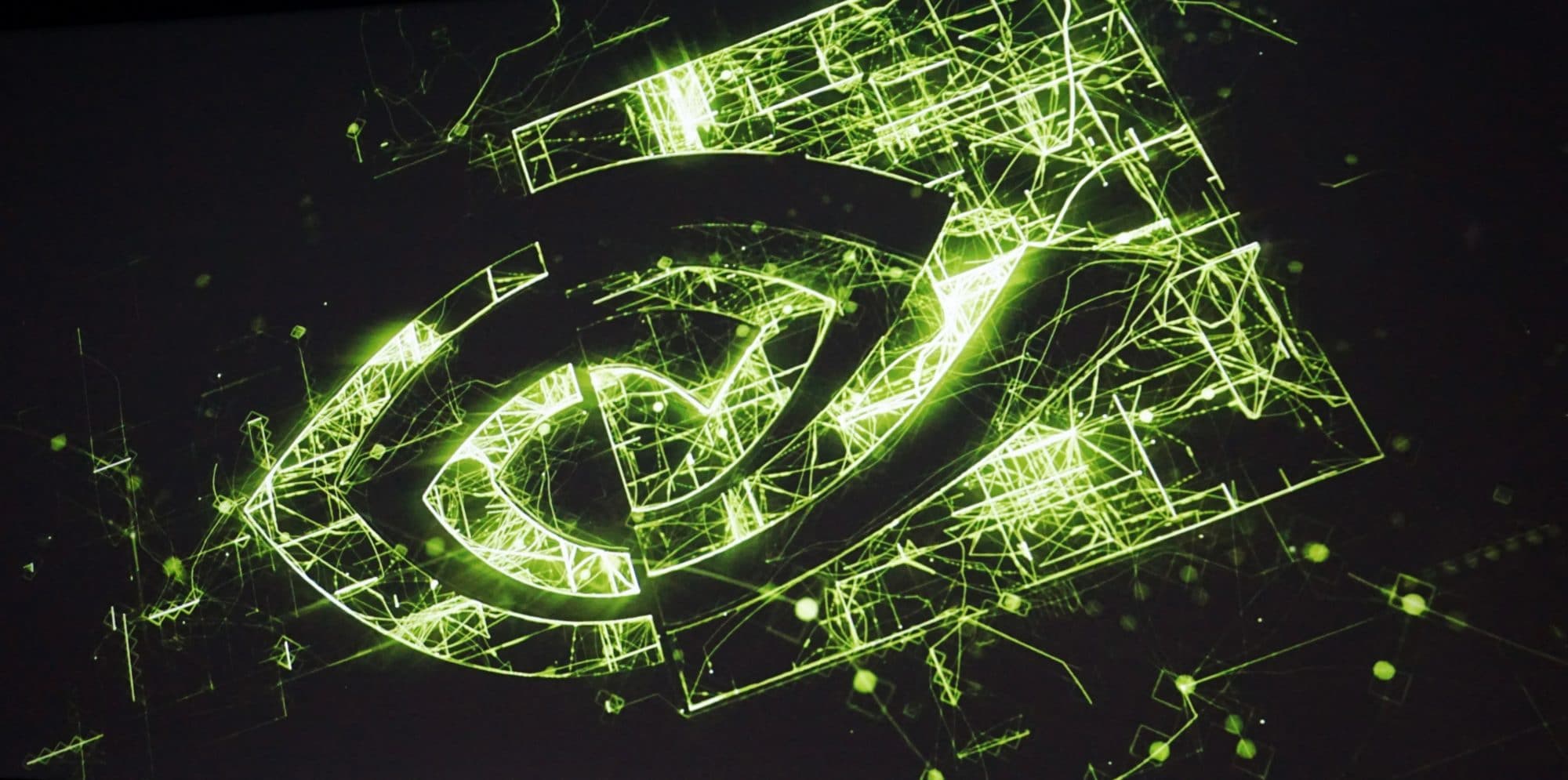Nvidia‘s recent announcement at ISC High Performance 2024 in Hamburg, Germany, heralds a significant leap forward in the realm of supercomputing, combining the prowess of AI, quantum computing, and high-performance computing (HPC) to tackle some of the world’s most complex scientific challenges. By deploying systems powered by the Grace Hopper Superchips, Nvidia is setting new standards in computational efficiency and performance, signaling a transformative era in computing technology.
Grace Hopper Superchips: A Leap in Computational Efficiency
The introduction of supercomputers utilizing Nvidia’s Grace Hopper Superchips represents a monumental stride in computing. These systems, delivering a staggering 200 exaflops of combined computing power, signify an era of unprecedented computational capabilities. The efficiency of these superchips is particularly noteworthy, offering double the energy efficiency compared to traditional x86 systems paired with GPUs. Such advancements not only enhance the computational capabilities but also contribute to more sustainable computing practices by optimizing power consumption.
Alps: Pioneering European Supercomputing
The Alps supercomputer at the Swiss National Supercomputing Centre, powered by 10,000 Grace Hopper superchips, exemplifies the potential of this new technology. With its 20 exaflops of AI computing, Alps is poised to make groundbreaking advances in weather and climate modeling, as well as in the field of material science. This underlines the transformative impact that such computational power can have on scientific research, enabling more accurate predictions and facilitating discoveries that were previously out of reach.
Quantum Accelerated Supercomputing: The Next Frontier
Nvidia’s announcement about the integration of quantum processors into accelerated supercomputers opens a new chapter in computing. The CUDA-Q platform aims to bridge the gap between quantum and classical computing, thereby enhancing the capabilities of national supercomputing centers across Germany, Japan, and Poland. This initiative marks a pivotal moment in the quest to harness quantum computing’s potential, addressing critical challenges such as error correction and the development of exponentially faster algorithms.
Challenges and Opportunities Ahead
The path to fully operational quantum accelerated supercomputing is fraught with challenges, from the inherent instability of qubits to the complexities of integrating quantum processors with HPC systems. However, Nvidia’s approach, focusing on the collaboration between quantum computing and AI, offers a promising route to overcoming these obstacles. By leveraging AI models for real-time error correction and device calibration, Nvidia aims to automate and streamline the maintenance of quantum devices, facilitating their scalability and reliability.
Conclusion: A Convergence of Technologies
Nvidia‘s initiatives at the forefront of AI, quantum computing, and HPC represent a bold vision for the future of computational science. The deployment of Grace Hopper Superchips and the integration of quantum processors into supercomputing environments underscore the potential of these converging technologies to revolutionize scientific research and development. As these systems become more sophisticated and accessible, they promise to unlock new possibilities in solving some of the most pressing scientific and technological challenges facing the world today.
Visit Router-switch.com to explore exclusive insights and updates.
Read More:
Cisco Enhances Panoptica with AI-Driven Security Features for Cloud-Native Applications
HPE Aruba Elevates Network Security with AI-driven Solutions to Combat AI Threats




